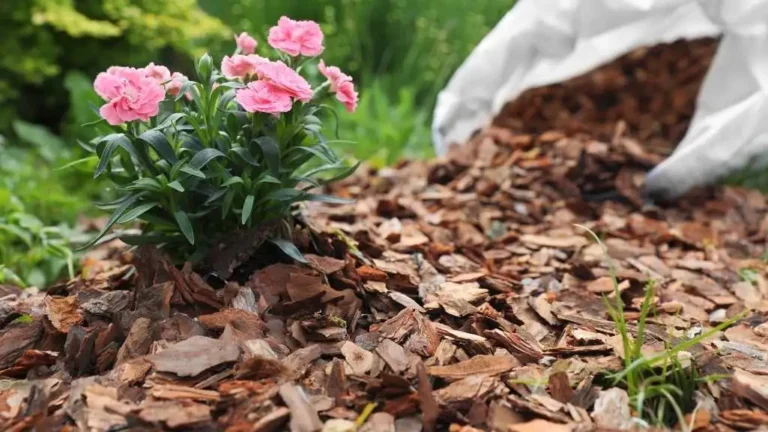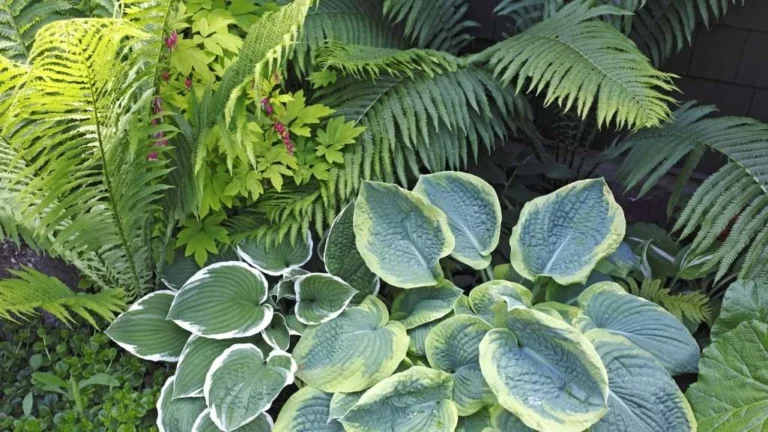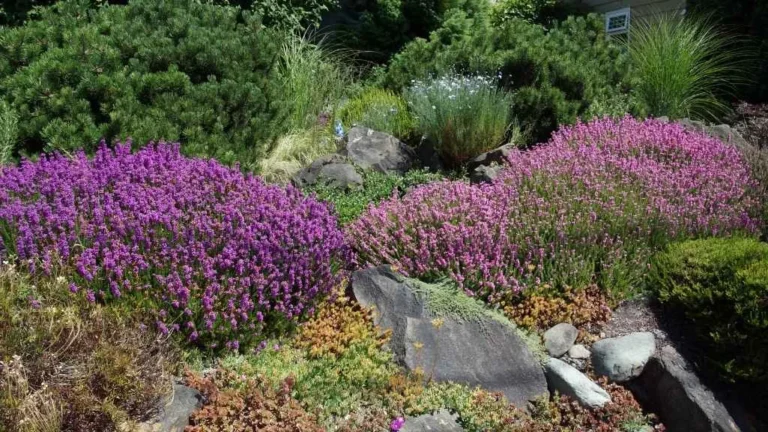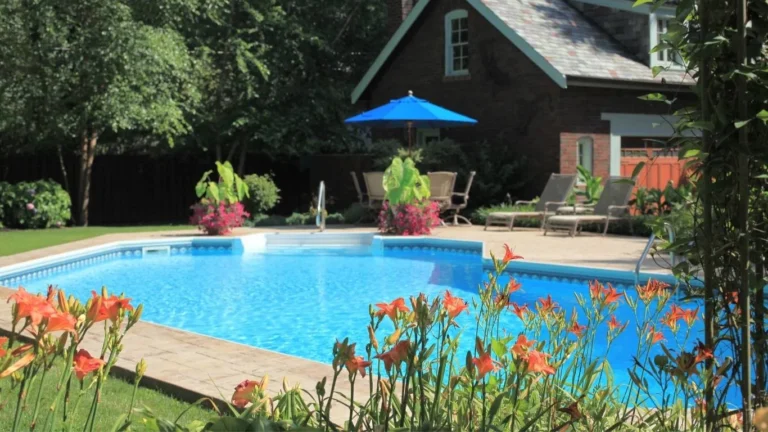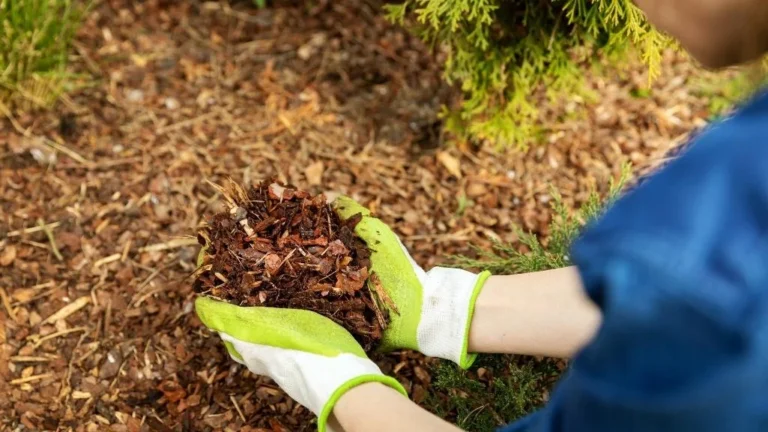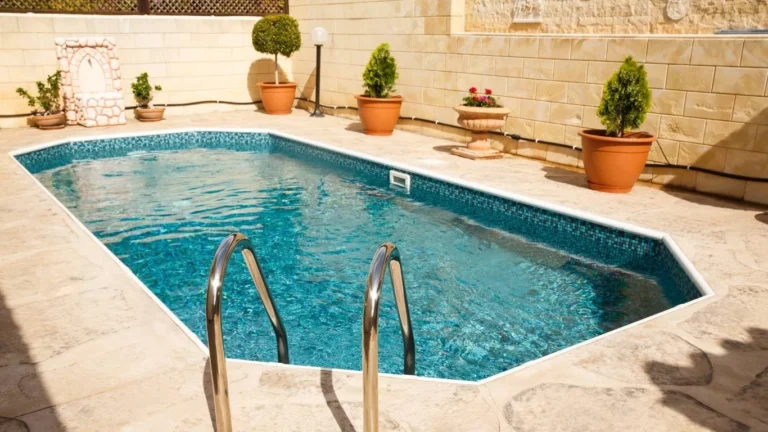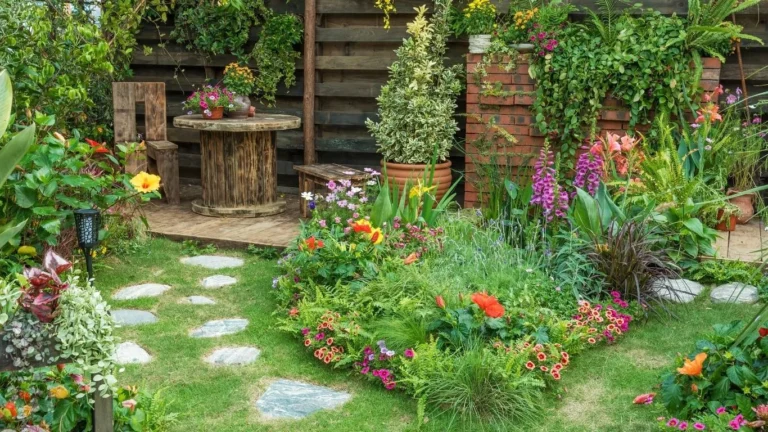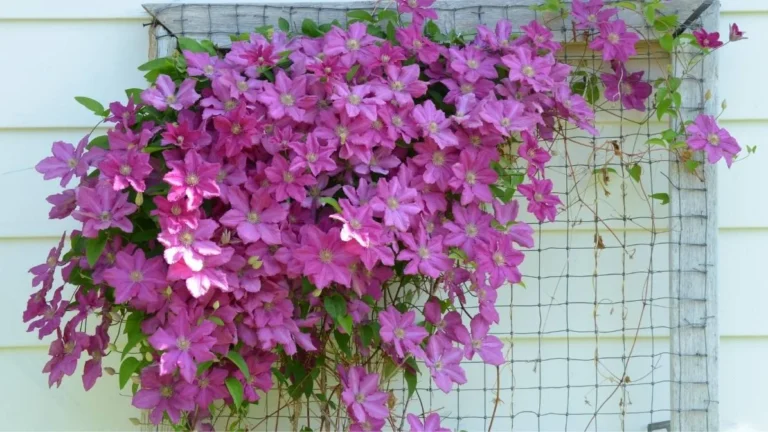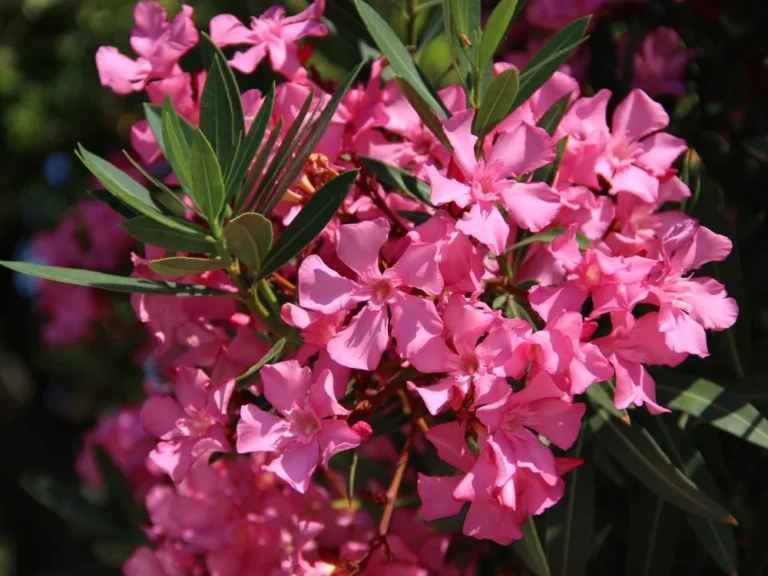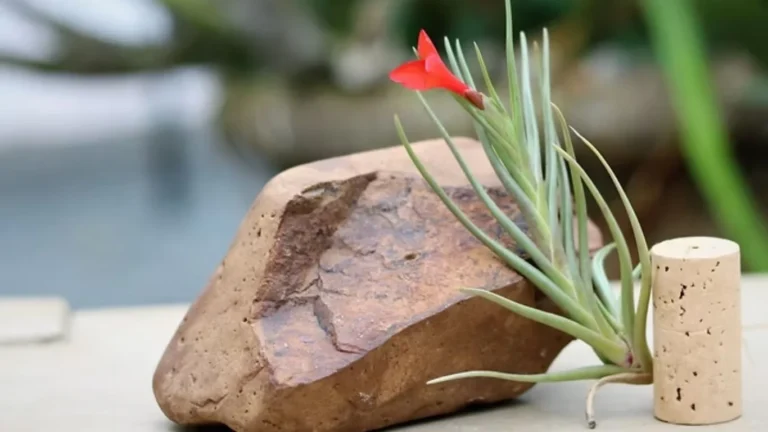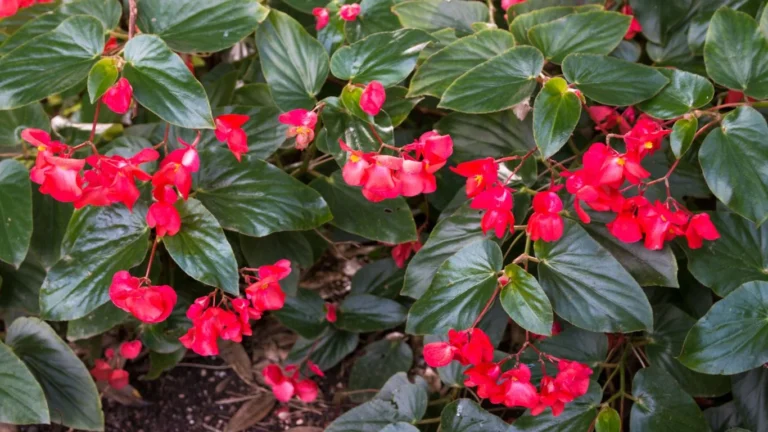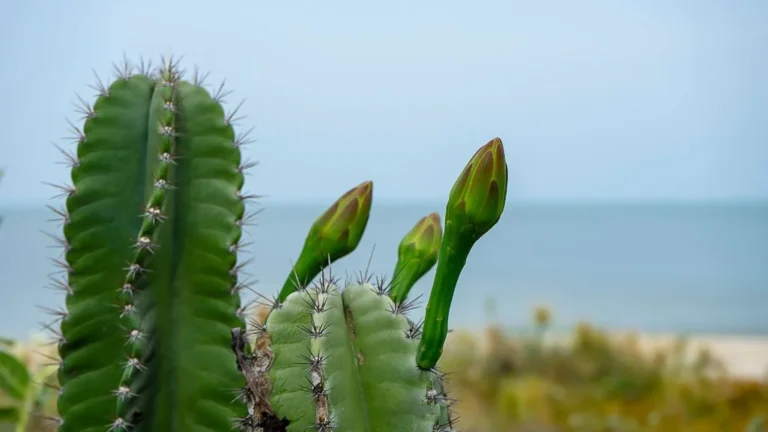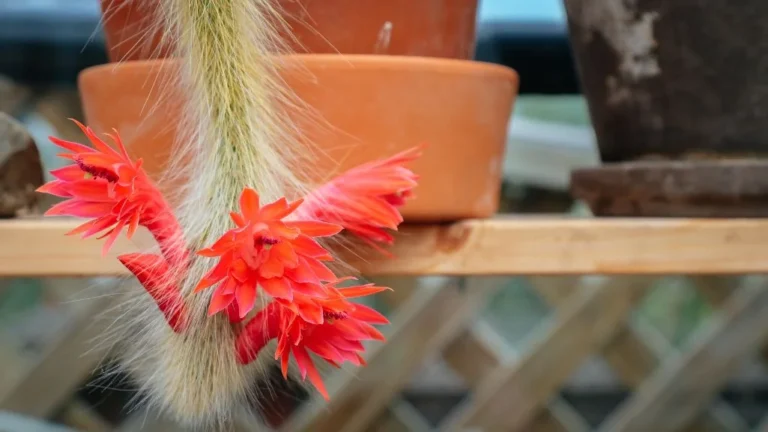Taking care of a Venus flytrap isn’t just gardening; it’s like having a front-row seat to one of nature’s coolest shows! If you’ve ever been amazed by a plant that can literally “eat,” you’re going to love this. Trust me, growing a Venus flytrap is more than just keeping a plant alive; it’s an experience.
As someone who’s been through the ups and downs of keeping these fascinating little carnivores happy, I can promise you it’s totally worth it. From picking the perfect pot size to figuring out how to feed them without overdoing it, there’s definitely a bit of a learning curve, but that’s part of the fun.
In this guide, I’m breaking it all down. Everything you need to know to keep your Venus flytrap thriving. So, whether you’re just starting out or you’re here to fine-tune your skills, you’re in the right place. Let’s get into it and make sure your flytrap is healthy, happy, and ready to show off its bug-catching moves.
Choosing the Right Pot and Substrate
Pot Size
Make sure your pot is at least 4 inches deep. Venus flytrap roots grow straight down, so they need plenty of vertical space to stay healthy and thrive. A shallow pot just won’t cut it for these carnivorous beauties.
In the beginning, I underestimated the importance of depth. My first pot wasn’t deep enough, and I noticed my flytrap wasn’t growing as robustly as I’d hoped. It turns out that Venus flytrap roots grow straight down, and shallow pots can stunt their growth. Once I moved my plant to a deeper pot (at least 4 inches), it flourished. The new growth was healthier and stronger, which was a clear sign that the extra depth made a huge difference.
Pot Material
At first, I used a cute terracotta pot because it looked great and seemed like a solid choice. Big mistake. Within a few weeks, my Venus flytrap started to decline, and I couldn’t figure out why. After some research, I learned that unglazed clay pots leach minerals into the soil, which Venus flytraps can’t tolerate.
That’s when I switched to a plastic pot, and the difference was immediate. My plant stopped declining, and it became so much easier to maintain the proper moisture levels.
Soil Requirement
For soil, I stick to a 1:1 mix of sphagnum moss (or peat moss) and perlite or silica sand. This combo mimics the nutrient-poor, acidic soil Venus flytraps naturally thrive in.
Regular potting soil might seem like an easy option, but it’s a big no-no; it can damage your plant. The moss-based mix is the way to go if you want happy, healthy flytraps.
How Much Light Does a Venus Flytrap Need?
Natural Light
Venus flytraps thrive on 12–16 hours of bright, indirect sunlight daily. I’ve found that placing mine on a south-facing windowsill works best, as it provides plenty of natural light without overwhelming the plant.
While direct sunlight is great, be cautious during the peak afternoon hours, as overly intense light can sometimes stress the plant.
If you notice the traps developing a reddish tint, that’s actually a good sign; it means your plant is getting just the right amount of light.
Artificial Light
If natural light isn’t an option, artificial grow lights are an excellent alternative. Choose a light that provides at least 10,000 lux and position it 4–6 inches above the plant. This setup mimics natural sunlight and ensures your Venus flytrap receives the energy it needs.
Just like with sunlight, aim for 12–16 hours of light daily to keep the plant healthy and thriving.
Without sufficient light, your Venus flytrap may start to show signs of weakness, such as long, spindly leaves and dull-colored traps.
Whether you rely on natural or artificial lighting, consistency is key. A steady light schedule will keep your plant vibrant and strong, ready to perform its fascinating bug-catching routine.
Watering Guidelines
Type of Water
Venus flytraps are incredibly picky when it comes to water, and for good reason. These plants naturally grow in nutrient-poor environments, so any extra minerals or chemicals can be harmful. That’s why I always use distilled water, rainwater, or reverse osmosis water; these options are free of impurities that might harm the plant.
Using tap water is risky because it usually contains minerals like calcium and magnesium, as well as chemicals like chlorine, which can accumulate in the soil over time. This buildup can damage the delicate roots and eventually weaken or even kill the plant.
To keep your Venus flytrap healthy, it’s best to avoid tap water entirely, even if it seems harmless. Stick to pure water sources to ensure your plant thrives.
Watering Frequency
The key is to keep the soil consistently moist but not soggy. I check the top layer of moss, and if it feels slightly dry to the touch, that’s my cue to water.
A good rule of thumb for watering Venus flytraps is to keep the soil moist rather than dry. These plants naturally grow in bog-like environments where the soil is consistently damp, so they don’t tolerate dryness well.
However, while moisture is essential, you should avoid waterlogging the soil, as overly wet conditions can lead to root rot. Striking this balance ensures your Venus flytrap stays healthy and thrives in its environment.
Humidity
Venus flytraps thrive in humidity levels between 50-70%, which mimics their natural boggy habitat.
For those of us in drier regions, like where I live, maintaining the right humidity takes a little creativity. Using a humidity tray, a shallow dish filled with water placed beneath the plant helps increase moisture in the air around it. Alternatively, a small terrarium can create a controlled, humid environment that’s perfect for Venus flytraps.
Do not overdo it. High humidity combined with poor airflow can lead to mold or fungus, which can harm your plant. Always ensure good ventilation, even when using a terrarium or humidity tray, to keep your Venus flytrap healthy.
Feeding Your Venus Flytrap
Venus flytraps are fascinating carnivores that naturally catch their food, but I like to help supplement their diet to keep them thriving.
Insects
I feed my Venus flytrap small insects like flies, ants, or spiders. These are the right size for their traps, and they’re easy for the plant to digest.
I avoid feeding them larger insects because they might not fit properly in the traps or could rot, potentially harming the plant.
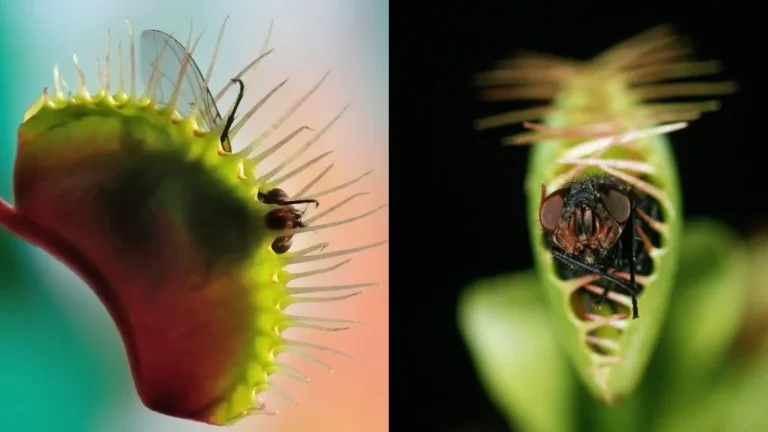
Feeding Frequency
I feed my Venus flytrap about every 1–2 weeks. Overfeeding can stress the plant, so I make sure to give it only what it needs.
A small meal every couple of weeks is usually enough to keep the plant healthy and happy.
Understanding Venus Flytrap Roots
The roots of Venus flytraps are quite different from typical plant roots. They’re short, black, and primarily designed for water absorption rather than nutrient intake. Unlike most plants, Venus flytraps get their nutrients from their prey, so their roots don’t need to extract much from the soil.
These roots are also quite fragile and delicate, making them prone to damage if handled roughly. Despite their small size, they play a critical role in anchoring the plant and maintaining its moisture levels.
Their dark color is normal and not a sign of decay, which can sometimes confuse beginners. Understanding these specialized roots is key to providing the best care for your Venus flytrap.
Seasonal Care for Venus Flytraps
Spring and Summer (Active Growth)
During the warmer months, Venus flytraps are in their active growth phase. This is when they’re most vibrant and catching insects regularly. To support this:
- I stick to a consistent watering and light schedule, ensuring the soil stays moist, and the plant gets plenty of bright light.
- Venus flytraps don’t need fertilizers since they obtain all their nutrients from the insects they consume.
Fall and Winter (Dormancy)
As the days grow shorter and cooler, Venus flytraps enter a dormancy period lasting about 3–4 months. This rest phase is essential for their long-term health.
- I reduce watering during dormancy, keeping the soil slightly damp but not soggy.
- I move the plant to a cooler location with temperatures between 30°F and 50°F (-1°C to 10°C). A garage, unheated room or even a refrigerator can work as a dormancy spot.
- To prevent mold or rot, I trim away any dead leaves that appear during this time.
Common Venus Flytrap Problems
Blackening Traps
It’s completely natural for older traps to turn black and die off as part of the plant’s life cycle. To keep the plant looking healthy and prevent any potential mold issues, I simply trim off the dead traps with clean scissors.
Yellowing or Wilting Leaves
This is often a sign of overwatering or poor soil drainage. Venus flytraps like moist soil, but waterlogged conditions can cause trouble. I make sure to:
- Use a well-draining soil mix (like sphagnum moss with perlite).
- Check the water source to ensure it’s free of harmful minerals.
Root Rot
Root rot happens when the soil stays too wet or doesn’t drain well. This can damage the plant and lead to a decline in health. To prevent root rot,
- Ensure the soil mix drains efficiently.
- Water the plant carefully, keeping the soil moist but never soggy.
Trap Doesn’t Close
If the traps don’t close, it might be because the plant is overfed or the traps have been stimulated too frequently. Each trap can only close a limited number of times before it dies off. To avoid this, I do the following:
- Only feed the plant about once every 1–2 weeks.
- Refrain from touching the traps unnecessarily, as this can waste the plant’s energy.
Repotting and Maintenance
When to Repot
Venus flytraps should be repotted every 1–2 years, ideally in early spring, as they begin to emerge from dormancy. This timing allows the plant to adjust to its fresh, nutrient-free soil and new environment just before entering its active growing phase.
Regular repotting ensures the roots have adequate space and helps maintain the right soil conditions for healthy growth.
How to Re-pot
Step 1: Prepare the Soil
Use fresh sphagnum moss or peat moss and perlite mix in a 1:1 ratio. Avoid regular potting soil, as it contains nutrients that can harm the plant.
Step 2: Remove the Plant
Gently lift the Venus flytrap out of its current pot, being careful not to tug or damage the delicate roots.
Step 3: Rinse the Roots
Use distilled water to carefully rinse away any old soil or debris clinging to the roots.
Step 4: Replant
Place the plant in the new soil, ensuring the roots are vertical and well-covered. Gently press the soil around the base for stability.
Step 5: Water Thoroughly
After repotting, water the plant with distilled water to settle the soil around the roots.
Repotting not only refreshes the soil but also helps prevent potential issues like compacted soil or root rot.
Final Tips for Success
Patience
Venus flytraps grow slowly, but with the right care, they’ll reward you with their fascinating carnivorous traps.
Mimic their natural environment
Keep the soil acidic, provide pure water, offer plenty of light, and feed them occasionally.
Avoid overfeeding and overstimulation
Both can stress the plant and lead to health issues.
By following these tips and maintaining a consistent care routine, your Venus flytrap will thrive and bring a little bit of the wild into your home.
Frequently Asked Questions
How often do Venus fly traps need to be fed?
Feed Venus flytraps once every 1-2 weeks during their growing season. They only need 1-2 small live insects at a time.
Are Venus fly traps toxic to cats?
No, Venus flytraps are not toxic to cats. They’re safe, but keep them out of reach to prevent damage to the plant.
Do Venus fly traps close at night?
No, Venus flytraps don’t close specifically at night. They only close when their trigger hairs are stimulated, regardless of the time.
Do Venus fly traps need distilled water?
Yes, Venus flytraps need distilled water, rainwater, or reverse osmosis water. Tap water can harm them due to minerals.
Does Venus fly trap eat fruit flies?
Venus flytraps can indeed catch and digest fruit flies. These tiny insects trigger the sensitive hairs inside the traps, causing them to snap shut. While Venus flytraps prefer larger insects, like flies, ants, or spiders, fruit flies are small enough for them to catch easily. However, make sure to feed them live insects to stimulate the trap’s movement.



